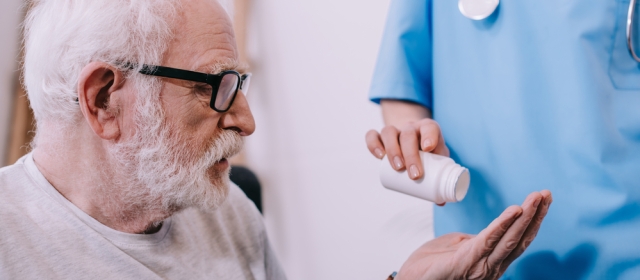
Research Summaries
Upcoming Events

Introduction
Provoked vestibulodynia (PVD) is the most common form of vulvodynia, occurring in an estimated 8%-10% of women of all ages worldwide. It is a chronic pain condition that results in painful sexual intercourse because PVD causes sharp, cutting, or burning pain for a woman whenever pressure is applied to the vestibule (PVD can even make putting in a tampon painful).

Introduction
In recent years, there has been much debate in the medical/scientific community regarding the potential addictiveness of pornography. While some experts argue that pornography consumption can become an addiction in the form of a compulsive sexual behavior, others disagree and assert that pornography does not involve all of the components of an addiction and that the term “addiction” is too ill-defined to accurately describe this behavior. However, regardless of whether or not it can be addictive, there are instances in which excessive pornography use leads to personal and/or relational distress. For the purposes of the present study, this is referred to as problematic pornography use.

Introduction
Sexual function is typically assessed within the context of partnered sexual activity for both men and women. Nevertheless, masturbation is a very common sexual activity that could provide valuable information about an individual’s sexual response/function. For example, determining if/how a person’s sexual response differs during partnered sex versus masturbation could have big implications regarding the potential causes of and possible treatments for any sexual dysfunctions. To this end, the authors of a recent Journal of Sexual Medicine study explored the differences in sexual response during masturbation and partnered sex for a large, multinational sample of men with and without sexual dysfunction.

Introduction
Erectile dysfunction (ED), or the inability to get or maintain an erection firm enough for satisfactory sexual activity, is a relatively common condition that affects men worldwide. In recent years, researchers have been testing the efficacy of restorative therapies aimed at regenerating damaged tissues, vessels, and nerves that may be contributing to ED. One such therapy is low-intensity shockwave therapy (LiST).

Introduction
Sexual difficulties are a common and distressing side effect of prostate cancer and its treatment. Patients who experience sexual dysfunction (e.g., erectile dysfunction (ED), loss of sexual desire, or both) after having a prostatectomy or undergoing radiation or hormone therapy may also struggle with the psychological and relational ramifications of this change. For example, they may experience a loss of self-confidence regarding their body image and sexual performance and/or worry about not being able to satisfy their sexual partner(s).


